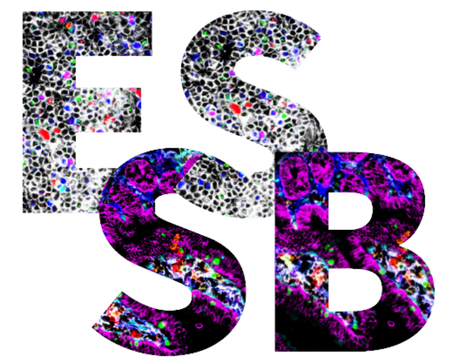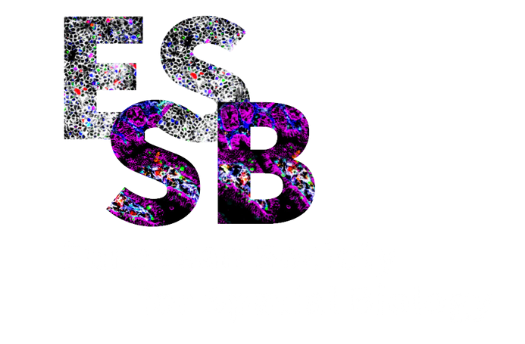New Dimensions in Spatial Biology
Chairs: Sinem Saka Harsharan Singh Bhatia
Friday, 13.12.2024, 11:00 am

Harsharan Singh Bhatia
Helmholtz Munich and Ludwig Maximilian University (LMU), Munich, Germany
Clear-Omics: Spatial molecular maps in optically cleared 3D intact specimens
Spatial molecular profiling of complex tissues is crucial for understanding cellular function in both physiological and pathological contexts. To achieve this, optical tissue clearing and 3D imaging provide an unbiased view of deep tissues within intact organs and organisms. However, while these techniques offer detailed morphological insights, they fall short in addressing deeper mechanistic questions. To bridge this gap, our lab has been developing novel tools that integrate whole-organ/organism optical clearing and imaging, deep learning-based image analysis, robotic tissue extraction, and ultrahigh-sensitive mass spectrometry-based proteomics and transcriptomics. This presentation will delve into the methodology and the recent biological applications of these groundbreaking technologies, exploring their potential to investigate a range of pathologies such as acute brain injuries, infections, cancer, and metabolic dysfunction.
Biosketch
Dr. Harsharan Singh Bhatia earned his Ph.D. from the Albert-Ludwig University of Freiburg, Germany, and completed postdoctoral training at University of California, Los Angeles (UCLA), USA and Ludwig Maximilian University (LMU), Germany. Currently, he leads the Spatial-Omics Team at Helmholtz Munich, where he develops cutting-edge 3D spatial-omics technologies. His pioneering research combines whole-organ/organism optical tissue clearing, light-sheet microscopy, robotics, and laser-aided tissue microdissection from intact pre-clinical and clinical specimens. Dr. Bhatia’s focus lies in acquiring mass spectrometry-based spatial proteomic and transcriptomic data from perturbed cells in the early stages of diseases, particularly acute brain injuries, cancer, and neurodegenerative diseases. His innovative work in spatial proteomics has been highlighted in Nature Biotechnology and served as a cover story in Cell.
Name
Abstract
Name
Abstract




